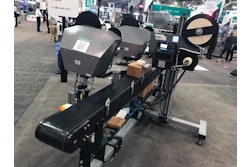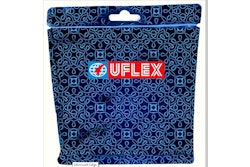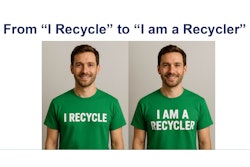That is not always the case, but it’s clear that 2022 will bring some changes and controversies. For one thing, the Food and Drug Administration is being pressed to again reconsider bisphenol A in packaging and other food contact materials. For another, FDA has proposed a change to its process for wiping out existing clearances for food contact substances.
Yes, BPA is back in the headlines because, after years of squabbles over whether the typical exposures to it are harmful and might have endocrine-disrupting effects—which in turn led to scary publicity, then bans and restrictions on various uses—there’s now been an important recent development that is bound to keep BPA on a front burner of controversy, regardless of its outcome.
A collection of advocacy groups has petitioned FDA, asking the agency to withdraw remaining approvals of BPA for use in adhesives and coatings, based on recent findings of the European Food Safety Authority that the level of safe exposure “is more than 5,000 times below what FDA says most Americans are safely exposed to,” writes the Environmental Defense Fund, one of the petitioning groups.
They also say, “Findings from EFSA’s expert panel show that BPA’s effects are much worse than previously understood and that people are exposed at levels dramatically above what is safe. Extremely low exposures to BPA can lead to an overactive immune system producing out of control inflammation, as well as changes in the ovaries, endocrine disruption, and reduced learning and memory, according to the EFSA panel.”
Well, a not unreasonable first reaction here is how surprising it is that such a repeatedly and closely studied substance might now be the subject of a bombshell finding that is so dramatically different in scale than prior findings, even prior findings of EFSA. It will be up to FDA to look at the information presented in the petition, and at EFSA’s work, and decide whether it agrees that it’s well-founded, and then take action accordingly.
As for that proposed FDA regulation change, it’s one of those seemingly obscure bureaucratic steps whose motivation isn’t initially obvious, but which could, if finalized, make for more removals from FDA’s clearances of food contact substances.
Clearances of food additives can be based on one of several bases, including a Food Contact Notification, a food additive regulation, a threshold of regulation exemption, or a finding that the use is Generally Recognized As Safe.
The foundation of any clearance is a conclusion that the intended use is safe, that is, that there’s a reasonable certainty that no harm will result from the use, taking into consideration an estimate of the amount of the substance that will get into the average American’s diet.
It stands to reason that if, later, new information indicates the use of the substance is not safe after all, that the clearance should be reconsidered, and perhaps rescinded. And in fact, FDA has long had a regulation that says, in the case of food contact substances that are cleared via a Food Contact Notification, that if data or information comes to its attention that indicates an intended use is “no longer safe,” it can declare the FCN no longer effective. The regulation says that after FDA makes this determination, they need to give the affected manufacturer or supplier a chance to dispute the new information. (FDA has separate regulations that allow for safety-based reconsideration of food additive clearances that are via regulations and of conclusions that a use is Generally Recognized As Safe.)
The new proposed regulation would change this process in a few ways. First, it would give the affected companies a chance to make their case before FDA decides the FCN should no longer be effective, not afterwards as under the current regulation.
Second, it expands the reasons FDA could decide an FCN should no longer be effective. It would add “instances in which the production, supply or use of the food contact substance for its intended use has ceased or will cease,” or if the use of the substance is otherwise cleared under a food additive regulation or is covered by a threshold of regulation exemption. The proposal also would make changes about the confidentiality of information.
Why would FDA propose doing such things? If the current regulation didn’t allow FDA to withdraw a clearance based on new safety concerns, you could understand their wanting to add that power. But safety concerns were already in the regulation, and in fact right now, that is the only reason FDA can reconsider a clearance.
A clue could be found within FDA’s recent experience with PFAS, where FDA got “voluntary commitment letters from certain manufacturers” whose uses of PFAS were based on cleared FCNs that they’d stop using the substances in the U.S. [H]owever,” FDA noted, “these FCNs remain effective.” So now, FDA proposes allowing companies who have stopped or will stop using a food contact substance to not just notify FDA, but to ask FDA to declare the FCN no longer effective so FDA can remove the clearance from its books.
In sum, FDA’s proposal would give companies a chance to make their case before FDA makes a final decision on removing a food contact substance clearance, and would also give the agency more grounds for removing clearances from its books. It all adds up to a little more fairness for companies, but the prospect for more removed clearances.
Predictions have gotten some columnists into embarrassing situations now and then, but, lesson unlearned, I hereby predict the coming year will see important changes in the regulatory realm for food packaging substances, including but not limited to the above examples.
Eric Greenberg can be reached at [email protected]. Or visit his firm’s Web site at www.ericfgreenbergpc.com.
INFORMATIONAL ONLY, NOT LEGAL ADVICE.



























